The Japanese Lover by Isabel Allende
The Japanese Lover by Isabel Allende
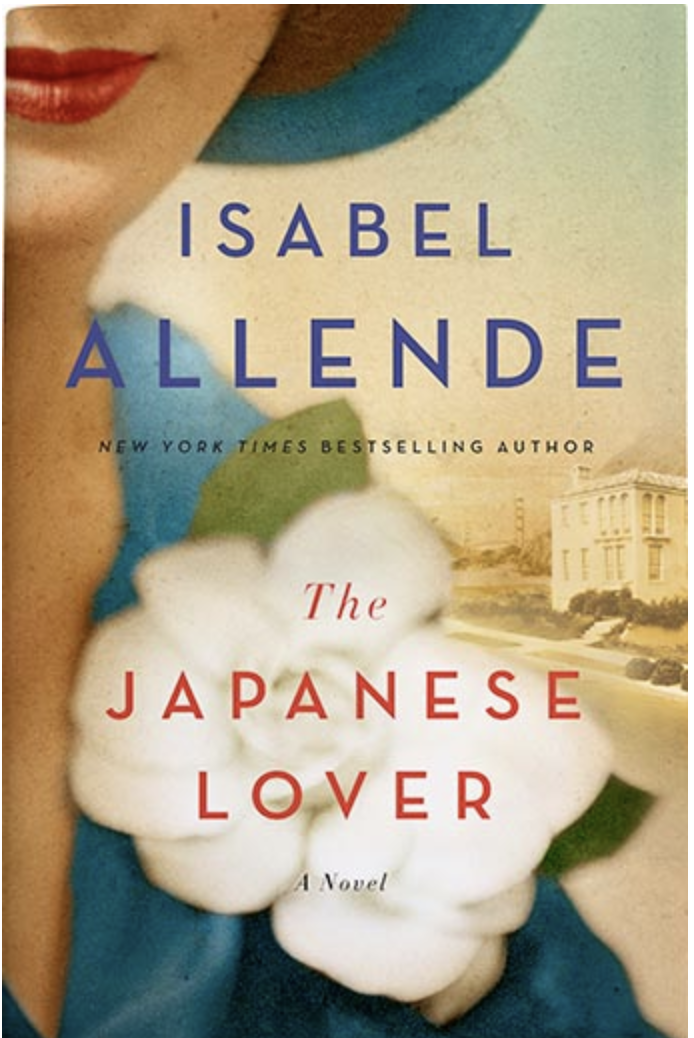 The author provides an in-depth description of the various characters presented in the book. This includes the experience of a Jewish family in Eastern Europe as the Nazis take over, living in a Japanese internment camp in the United States during World War II, as well as the subsequent life of some of the survivors of these events. We also meet a young woman who suffered from tremendous abuse and molestation as a child by her stepfather. However, this writer found this book disjointed as it jumped from one character to the other without any particular theme or purpose. While this approach often allows for the unfolding of the background after we have met a character much as a therapist learns the psychodynamics as the sessions progress, each of these tales did not seem to have coherence. Even the love lives of the various subjects of the book while very interesting did not seem to have relevance to any storyline. It may very well be that the characters were based on real people and this is the nature of their lives. If this is the case, the author gave no such clue in any postscript to the book. Certainly, we are open-minded and appreciate any variations in the love life and relationships that people may have but a novel describing these things becomes more engaging when we can see how they develop or have some insight into any response or struggle to a biological propensity.
The author provides an in-depth description of the various characters presented in the book. This includes the experience of a Jewish family in Eastern Europe as the Nazis take over, living in a Japanese internment camp in the United States during World War II, as well as the subsequent life of some of the survivors of these events. We also meet a young woman who suffered from tremendous abuse and molestation as a child by her stepfather. However, this writer found this book disjointed as it jumped from one character to the other without any particular theme or purpose. While this approach often allows for the unfolding of the background after we have met a character much as a therapist learns the psychodynamics as the sessions progress, each of these tales did not seem to have coherence. Even the love lives of the various subjects of the book while very interesting did not seem to have relevance to any storyline. It may very well be that the characters were based on real people and this is the nature of their lives. If this is the case, the author gave no such clue in any postscript to the book. Certainly, we are open-minded and appreciate any variations in the love life and relationships that people may have but a novel describing these things becomes more engaging when we can see how they develop or have some insight into any response or struggle to a biological propensity.
The author certainly had empathy for how people might deal with aging as she tried to show how her main characters handled the late stages of life. It is also interesting to try to understand how the author chose the title for her book. The essence of the various stories in my opinion was not simply centered around this particular man or the fact that he was Japanese. Although I had concerns, this book appears to have been well received by the public and is another best seller from Ms. Allende.
Please consider leaving your comments below
If you wish to purchase this book from Amazon, please click here


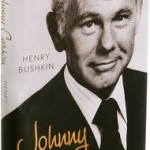



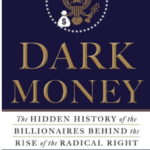
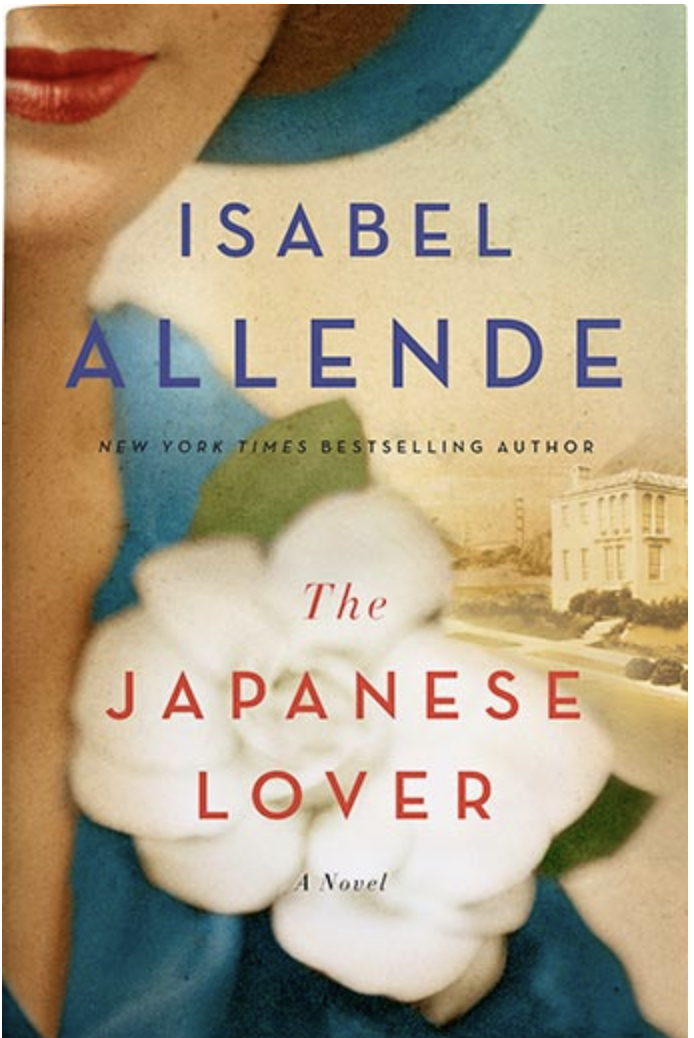

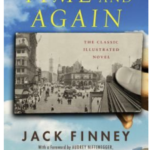
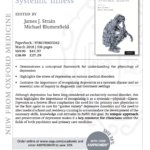




 This is a story about a remarkable woman born at the turn of the 20th century and who died in the mid 1980s. It is a work of fiction by a very talented writer who based this novel on the writings of Margaret Fishback, whose archives she studied in depth. Ms. Fishback was a poet, feminist and a highly paid advertising executive for R. H. Macy, the world renowned department store in New York City.
This is a story about a remarkable woman born at the turn of the 20th century and who died in the mid 1980s. It is a work of fiction by a very talented writer who based this novel on the writings of Margaret Fishback, whose archives she studied in depth. Ms. Fishback was a poet, feminist and a highly paid advertising executive for R. H. Macy, the world renowned department store in New York City. I remember very clearly as a young boy, the great happiness among my family and friends on May 14, 1948 when there was the formal declaration of the establishment of the State of Israel. I also recall my first trip to Israel as a medical student with my wife in 1963 as part of a program for young Jews to better appreciate the meaning and the importance of the State of Israel. One more related memory for me to set the tone of my feelings about this book was nine years later, when I entered our synagogue with my family in 1973 on Yom Kipper and was shocked to learn of the surprise invasion of Israel by Syria and Egypt. Subsequently, I was fortunate enough to be able to visit Israel a couple of times with my family over the years including one time as Visiting Professor at Hadassah Hospital in Jerusalem.
I remember very clearly as a young boy, the great happiness among my family and friends on May 14, 1948 when there was the formal declaration of the establishment of the State of Israel. I also recall my first trip to Israel as a medical student with my wife in 1963 as part of a program for young Jews to better appreciate the meaning and the importance of the State of Israel. One more related memory for me to set the tone of my feelings about this book was nine years later, when I entered our synagogue with my family in 1973 on Yom Kipper and was shocked to learn of the surprise invasion of Israel by Syria and Egypt. Subsequently, I was fortunate enough to be able to visit Israel a couple of times with my family over the years including one time as Visiting Professor at Hadassah Hospital in Jerusalem. The setting is modern day Israel. A neurosurgeon in the early evening at the end of his shift at the hospital, takes his SUV out on an open road to release some of the tension built-up during the day. After speeding on what he thought was a deserted road, he hears a thud. Upon getting out of the car, he realizes that he has killed black Eritrean man. He uncharacteristically decides to leave the scene of the accident and vows to tell no one what happened. His wife, who is a homicide detective, is assigned the case.
The setting is modern day Israel. A neurosurgeon in the early evening at the end of his shift at the hospital, takes his SUV out on an open road to release some of the tension built-up during the day. After speeding on what he thought was a deserted road, he hears a thud. Upon getting out of the car, he realizes that he has killed black Eritrean man. He uncharacteristically decides to leave the scene of the accident and vows to tell no one what happened. His wife, who is a homicide detective, is assigned the case. Although this book bemoans the loss of conversation because of modern technology, I don’t believe I have recently read a book that stimulated more conversation with people who are important to me than this one did. Early in the book, there is a reference to a cute two-minute video which had 51 million hits the last time I looked. It is titled “I Forgot My Phone” (
Although this book bemoans the loss of conversation because of modern technology, I don’t believe I have recently read a book that stimulated more conversation with people who are important to me than this one did. Early in the book, there is a reference to a cute two-minute video which had 51 million hits the last time I looked. It is titled “I Forgot My Phone” (
 The Hate U Give
The Hate U Give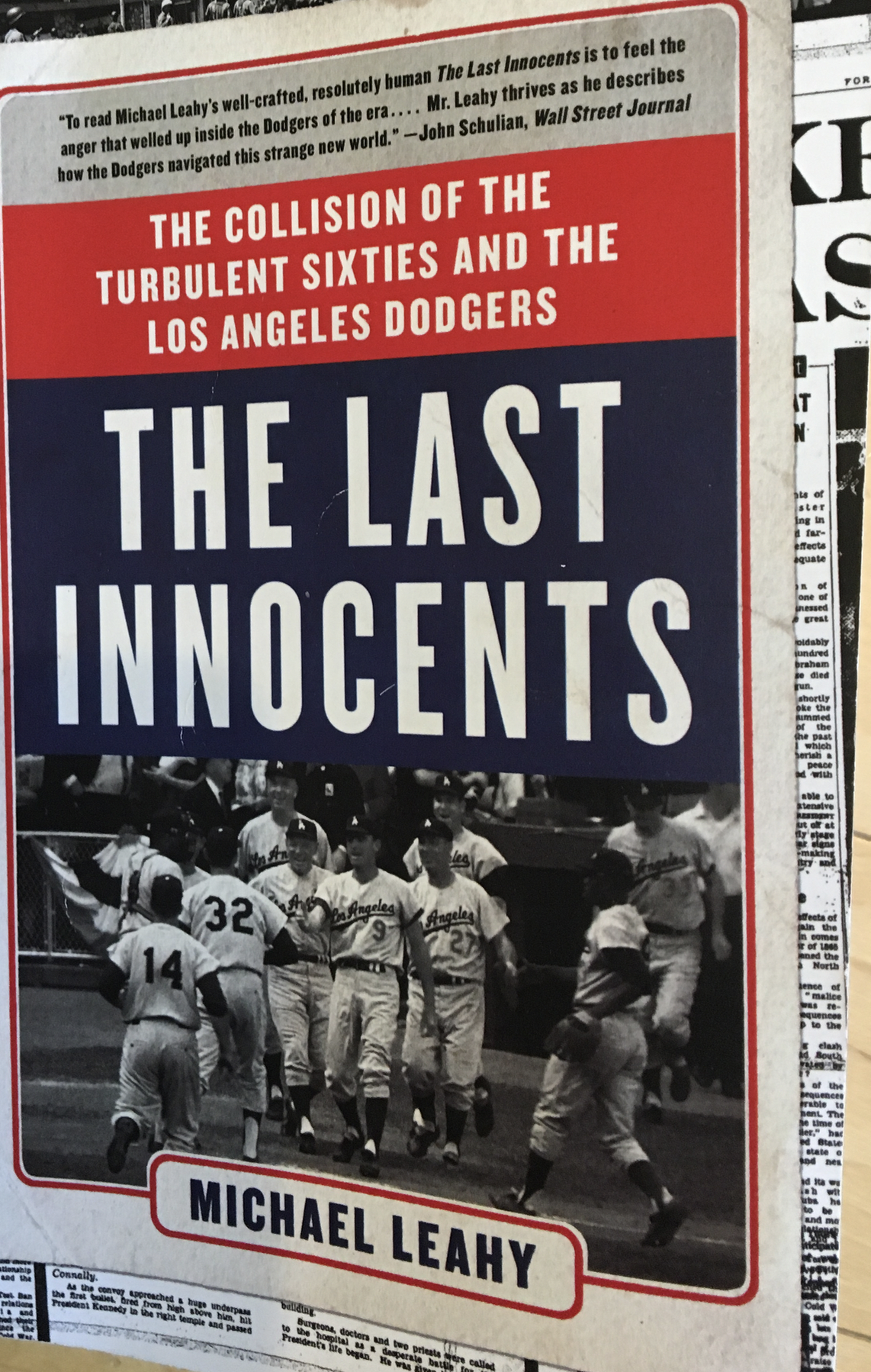 After recently reading Roger Kahn’s book titled, “The Era 1947 – 1957”, I was ready for another baseball experience. This book seems to pick up where the previous one left off, as the author follows the Dodgers’ move from Brooklyn to Los Angeles and deals mostly with the decade of the 1960s. It is interesting to me that I also enjoyed this book immensely, even though I had stopped closely following baseball during this period since not only were the Dodgers no longer in Brooklyn, but I personally was totally absorbed in college, medical school and psychiatric training.
After recently reading Roger Kahn’s book titled, “The Era 1947 – 1957”, I was ready for another baseball experience. This book seems to pick up where the previous one left off, as the author follows the Dodgers’ move from Brooklyn to Los Angeles and deals mostly with the decade of the 1960s. It is interesting to me that I also enjoyed this book immensely, even though I had stopped closely following baseball during this period since not only were the Dodgers no longer in Brooklyn, but I personally was totally absorbed in college, medical school and psychiatric training.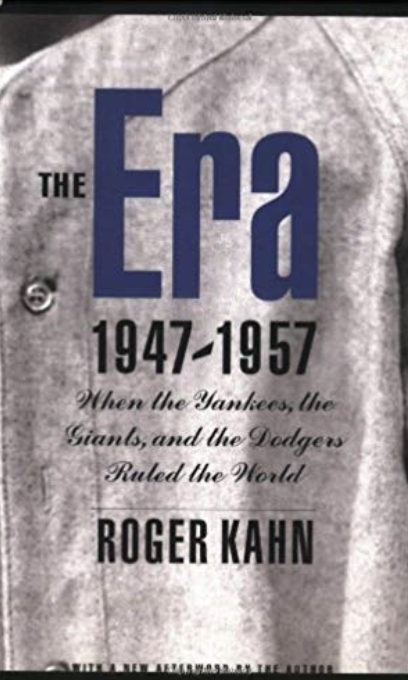 If you were living in New York and old enough to be a baseball fan during the time period 1947-1957, which this book covers, you will especially enjoy this book. Kahn who is a prolific sportswriter, best known for his classic Boys of Summer (1972) which was about the Brooklyn Dodgers, has been writing books for over 60 years. Can you imagine being a kid in a city where there are three major league baseball teams and frequently at least one and sometimes two will play in the World Series? When you are living through it, you take it for granted. But when you can look back on it, you realize what a unique experience it had been. Kahn, not only had the writing skills to take us back to that special era, but he has knowledge of the behind-the-scenes events, interactions and personalities of the people who starred in this era.
If you were living in New York and old enough to be a baseball fan during the time period 1947-1957, which this book covers, you will especially enjoy this book. Kahn who is a prolific sportswriter, best known for his classic Boys of Summer (1972) which was about the Brooklyn Dodgers, has been writing books for over 60 years. Can you imagine being a kid in a city where there are three major league baseball teams and frequently at least one and sometimes two will play in the World Series? When you are living through it, you take it for granted. But when you can look back on it, you realize what a unique experience it had been. Kahn, not only had the writing skills to take us back to that special era, but he has knowledge of the behind-the-scenes events, interactions and personalities of the people who starred in this era.